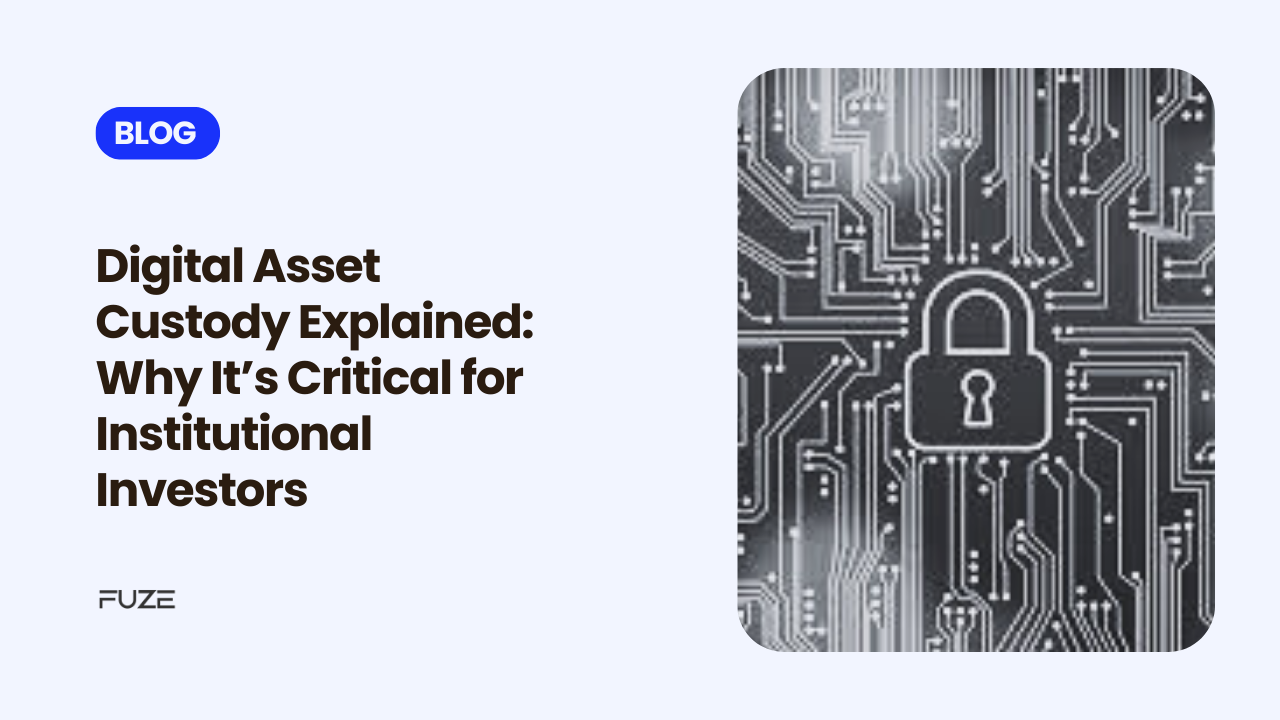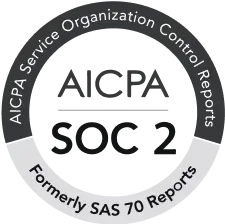The world of institutional finance is undergoing a seismic shift, driven by the mainstream adoption of digital assets like cryptocurrencies, stablecoins, and tokenised securities. However, this surge in adoption brings a crucial question to the forefront: How can institutional investors securely manage and store these assets? Enter digital asset custody—a solution that is no longer optional but essential.
This blog delves into the concept of digital asset custody, its importance for institutional investors, and the best practices and technological innovations shaping its evolution.
What Is Digital Asset Custody?
The safe management and storage of digital assets, protecting them against loss, theft, and unauthorized access, is known as “digital asset custody.” In contrast to conventional custody options, digital asset custody uses new-age technologies to secure private keys.
Why Digital Asset Custody Is Critical for Institutional Investors
1. Security at Scale
Institutional investors manage portfolios of millions or even billions of digital assets. Therefore, it is imperative to safeguard these assets, particularly in light of the rise in thefts via cryptocurrency in 2024. By employing advanced security techniques like Multi-Party Computation (MPC) and multi-signature (multi-sig) technologies, custodians play a crucial role in lowering such risks and ensuring that assets are safe even from cyberattacks.
2. Adherence to Regulations
Institutions must adhere to strict regulatory standards, including protecting clients’ money. In order to help institutions meet their legal obligations and safeguard investors’ interests, custodians typically adhere to regional frameworks, international standards such as SOC 2, and ISO 27001.
3. Operational Efficiency
Managing digital assets effectively on a large scale requires expertise in transaction management, auditing, and reporting. Custodians streamline these processes, providing institutions with user-friendly interfaces and automated tools that allow them to manage their holdings efficiently while reducing operational costs.
Technological Innovations in Digital Asset Custody
1. Multi-Party Computation (MPC)
MPC technology boosts security by dividing private keys into several parts, which are then distributed across various servers. This approach ensures that no single entity can access the entire key, making it nearly impossible for hackers to breach an asset.
2. Cold Storage Solutions
Custodians frequently utilise cold storage—offline wallets that keep private keys in environments that are not connected to the internet. This added layer of isolation provides exceptional protection against online threats.
3. Tokenised Custody Models
Tokenisation allows for fractional ownership of assets, a feature that is becoming increasingly popular among institutional investors. Custodians play a crucial role in the secure storage and management of these tokenized assets, ensuring they integrate smoothly into existing investment portfolios.
Best Practices for Institutional Custody
1. Selecting the Correct Custodian: Institutions should evaluate custodians based on their technology innovations, security protocols, and regulatory compliance.
2. A Variety of Custody Options: Institutions might implement a hybrid approach rather than relying solely on one technique, using hot wallets for more frequent transactions and cold storage for long-term assets.
3. Ongoing Auditing and Monitoring: Identifying and mitigating any vulnerability requires regular security audits and real-time transaction monitoring.
Why Institutional Investors Are Driving the Demand for Custody
1. Rising Adoption of Digital Assets
The growing interest in digital assets among institutional investors underscores the increasing need for secure and reliable custody solutions. As more investors diversify into digital assets, ensuring the safety and proper management of these portfolios has become paramount.
2. Institutional Trust
Custody solutions provide the trust factor necessary for institutions to enter the digital asset market confidently. Features like insurance-backed custodial services and regulatory certifications add a layer of assurance.
3. Facilitating New Investment Products
Digital asset custody enables the creation of innovative financial products, such as crypto ETFs and tokenized bonds, providing institutions with new avenues for revenue generation.
The Road Ahead for Digital Asset Custody
The digital asset custody market is projected to reach $12 billion by 2027, driven by advancements in technology and growing institutional adoption. Emerging trends such as decentralized custody solutions and AI-driven security protocols are set to redefine the landscape further.
For institutional investors, custody is no longer a back-office function—it’s a strategic necessity. As the digital asset ecosystem continues to evolve, secure, compliant, and efficient custody solutions will play a critical role in shaping the future of finance.
Conclusion
Digital asset custody is the cornerstone of institutional engagement in the crypto market. By offering unparalleled security, operational efficiency, and regulatory compliance, custodians enable institutions to navigate the complexities of digital asset management with confidence.
Having a trustworthy custody partner is not just advised, but necessary in a world where digital assets are becoming more and more common. To be at the vanguard of this revolutionary period in finance, institutions seeking to benefit from the digital asset revolution must give the highest priority to custody solutions that complement their strategic objectives.
Disclaimer: Virtual assets carry significant risks, including high volatility and potential loss of your entire investment. They are not backed by governmental protections, and recourse may be limited in case of loss. Always assess your risk tolerance, fully understand the risks, and seek independent financial advice if needed before investing.
Frequently Asked Questions
1. How do custody providers ensure regulatory compliance?
Custody providers adhere to jurisdictional regulations, such as AML (Anti-Money Laundering) and KYC (Know Your Customer) requirements. Many also obtain certifications like ISO 27001 and SOC 2 to demonstrate their commitment to security and compliance.
2. What is the role of insurance in digital asset custody?
Many custody providers offer insurance coverage for assets stored in their systems. This protects investors from losses due to theft, fraud, or operational failures, adding an extra layer of confidence for institutional clients.
3. How do custody solutions differ for retail vs. institutional investors?
Institutional custody solutions are designed to handle large volumes of assets, provide advanced security features, offer regulatory compliance, and integrate with trading and reporting platforms. Retail solutions are typically less complex and cater to individual users.
4. What are the key risks associated with holding digital assets without custody solutions?
The primary risks include theft due to hacking, loss of private keys, and exposure to regulatory or compliance breaches. Custody solutions mitigate these risks by employing advanced security protocols and ensuring legal compliance.
5. How can custody solutions enhance operational efficiency for institutional investors?
By integrating with trading desks, portfolio management systems, and compliance tools, custody solutions streamline operations, reduce manual processes, and enable seamless transaction execution, allowing institutions to focus on investment strategies rather than security concerns.







